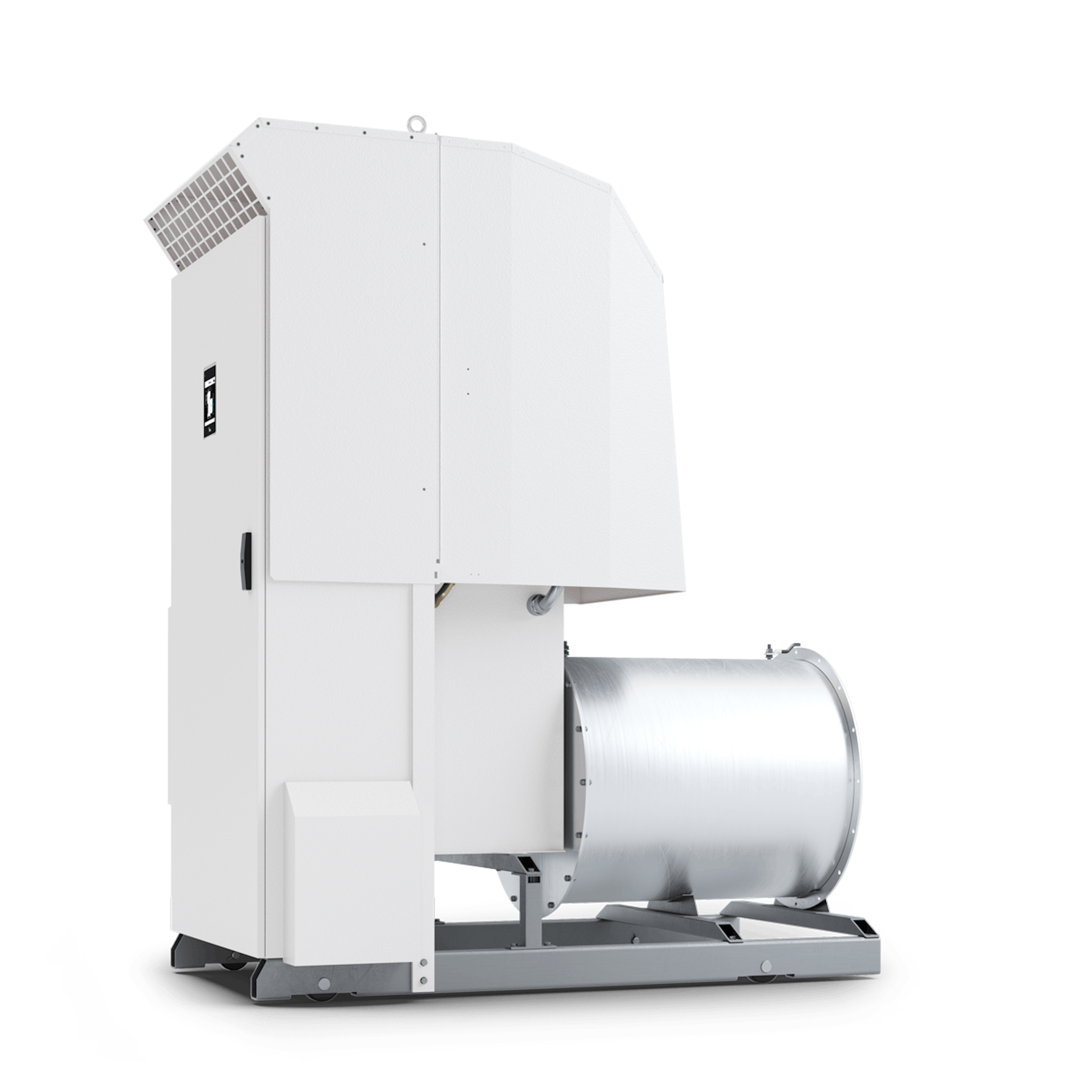SmartKraft 2 power supply
Improve air pollution control, while cutting energy consumption
Upgrading your ESP power supply to SmartKraft 2 solves performance, energy efficiency and integration challenges – and helps to reduce emissions.
There’s no need to replace your entire installation or add more ESP fields. Simply replace the old power supply with SmartKraft 2 for a reliable and cost-effective solution that improves operations and optimises energy use.
Increase reliability
Upgrading to SmartKraft 2 gives you better uptime and more predictable and profitable operations.
Reduce emissions
Upgrading your ESP power supply to SmartKrafft 2 enables you to cut emissions and meet today’s rigorous standards.
Save energy
SmartKraft 2 reduces energy consumption while increasing efficiency and output, delivering a rapid return on your investment.
Automatically more efficient
SmartKraft 2 has MicroKraft 4 – the market’s most advanced controller – built in.
It automatically adjusts power for optimised performance, whatever the load, without the need for manual intervention.
Compact space-saving design
Save space and reduce your installation footprint. SmartKraft 2 weighs less than 750KG, and its all-in-one casing is suitable for indoor or outdoor use.
Easy installation and operation
SmartKraft 2 offers remote monitoring, control and data analysis, communicating with your DCS. User-friendly touch-screen controls also available.
Minimised maintenance
V/I curves track performance for easy troubleshooting and optimal performance. With high availability, SmartKraft 2 extends the service life of downstream components, reducing maintenance effort and operational costs.
Consider this when selecting ESP power supplies
Do you want 20 years or more of reliable and efficient power supply? Consider these advantages of SMPS and Three phase TRs when you decide the best option for your ESP
Ready to look at ways to improve ESP efficiency?
Let’s have a conversation.
SmartKraft 2 is the ESP power solution that enables all kinds of industries to overcome the challenges associated with particulate removal, including eliminating back corona.
Coal-fired power plants
Coal-fired plants present varying challenges to effective particle removal. Ash and gas characteristics, including electrical properties, show huge variation, as the quality of the coal affects resistivity, particle size, and ability to withstand voltage.
Iron and steel, paper and pulp
Sinter plant waste gas leads to higher suction pressure which (when combined with tiny particles, low moisture and high temperatures) can result in back corona. Pellet plants are medium resistivity; coke ovens produce organic gases that contain tar vapour; paper and pulp processes often use soda recovery boilers where gases contain oxides of sulphur that are both moist and acidic.
Biomass-fired power plants
More efficient particle removal helps to remove the fine dust associated with some biomass fuels. This helps to cut re-entrainment, while reducing the risk of fire and explosion (such as when using bagasse), and particle adherence from agricultural wastes.
Cement plants
There are plenty of dust challenges to deal with in cement plants: highly resistive cement kiln dust and low resistive raw mill dust; clinker cooling where the particles are bigger and heavier; and heat recovery systems impacting on ESP performance.
SmartKraft 2
- Features
- Technical Data
- Downloads
Discover the cost-effective way to upgrade your ESP
Quick support
- Chat
- Contact
